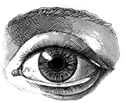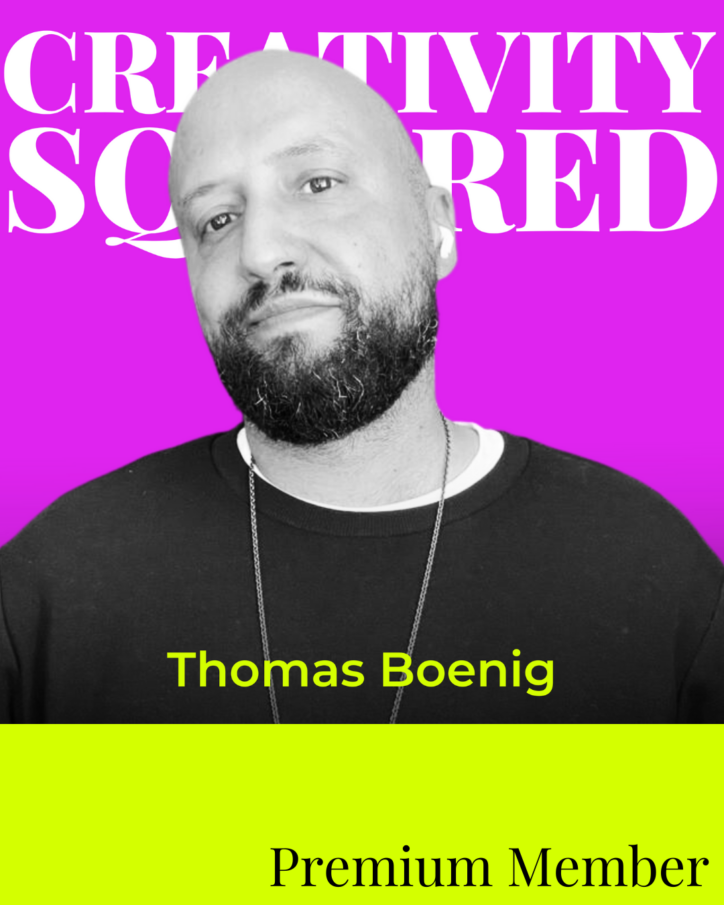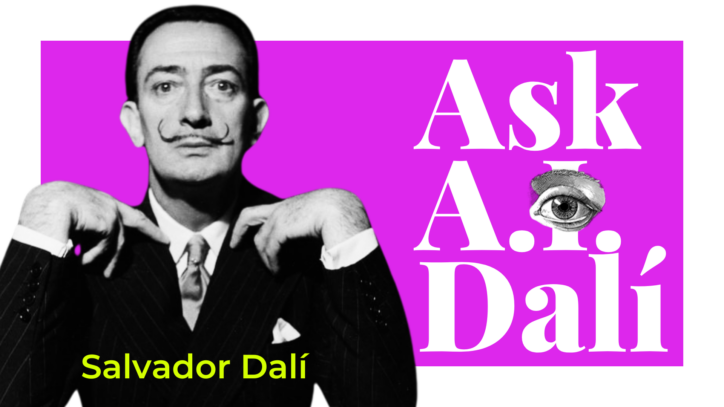
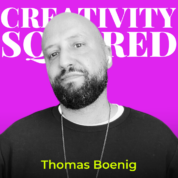
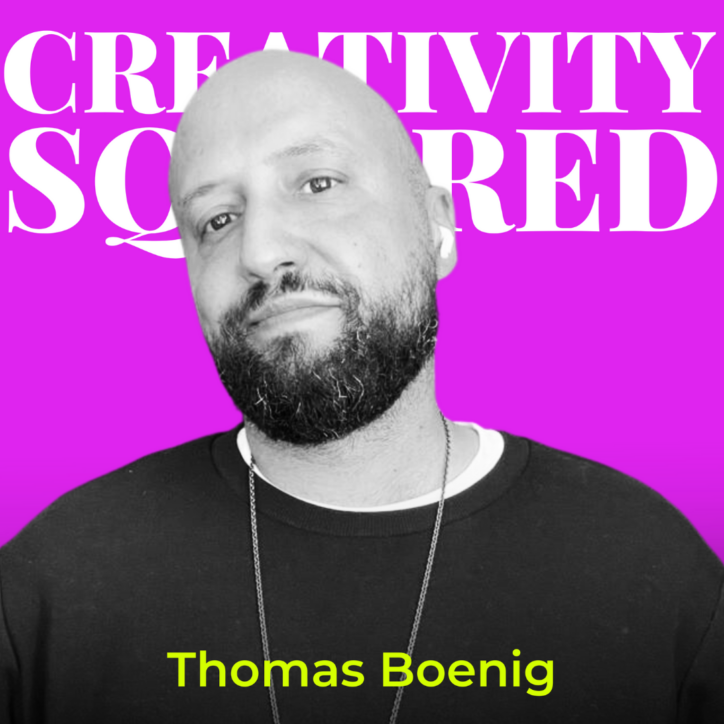
Ep10. Will A.I. Kill Photography? Explore the Threats & Possibilities of A.I. with Commercial & Leica Street Photographer Thomas Boenig
A.I.-generated images like those created on Midjourney are quickly exposing massive implications for politics, international relations, journalism, beauty standards, and much more. On the most recent episode of Creativity Squared, we get a little more personal about the direct impacts of this technology on some of the people who possibly stand to lose the most: professional photographers.
“I actually wanted to rule it out as a threat to the craft I’m a part of, but I couldn’t. It’s a really extensive, powerful tool.”
Thomas Boenig
German-born photographer, Thomas Boenig, joined Creativity Squared to talk about his first foray on Midjourney and the implications of A.I. art for his life’s passion. He shared what he feels are the aspects of photography that A.I. could never replace (the “beautiful imperfections”), the parts of the job he’d be happy to let A.I. handle, and the simple fun of live photography that he’d be sad to see fade.
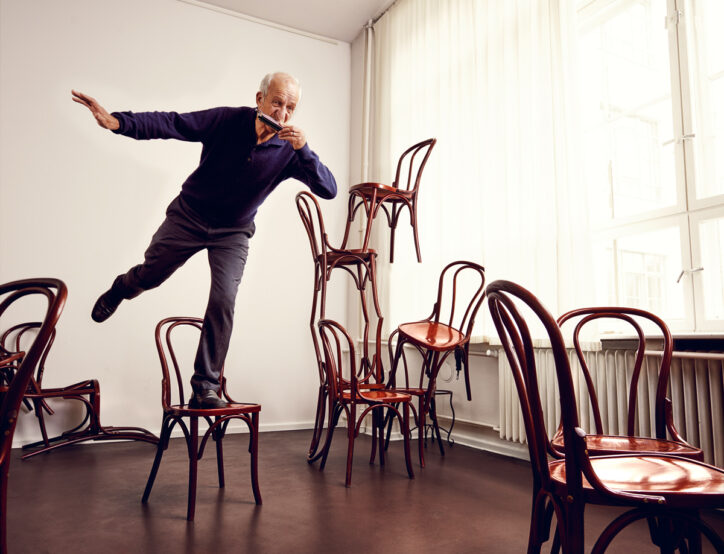
Connecting with People through Photography
Throughout the conversation, Thomas touched on how photography has been a medium for interpersonal connection in his life. As a child growing up near Nuremberg, Germany, he was introduced to photography with his father’s Konica TC SLR.
“We’re very different people. And photography was sort of the only connection that we had in common.”
Thomas Boenig
Later, Thomas says he found his first great passion in skateboarding. Turns out he was (in his words) “okay” at skateboarding, which led to some injuries. Still wanting to hang out with his friends while on the mend, Thomas turned to photographing them. The rest was history.
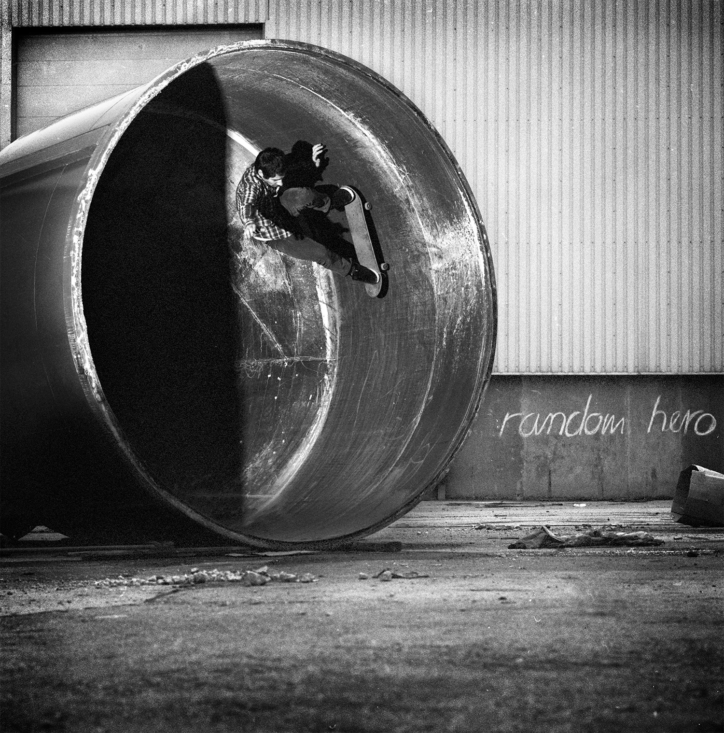
Even while apprenticing at a large commercial studio, producing photoshoots for product catalogs, Thomas says that the collaboration behind the scenes has always been part of the magic.
“I hope we don’t get to the point where we don’t have any photo shoots anymore, but we’re rather having prompt sessions and people are sitting in front of the computer telling each other what to type into a little box. Of course, you’re getting a result that’s, technically speaking, maybe even more perfect than the one you took with your camera. But, I mean, where’s the fun in that? That’s not why I started.”
Thomas Boenig
As a freelance photographer today, Thomas says he places a lot of value on being able to express human stories through composing portraits.
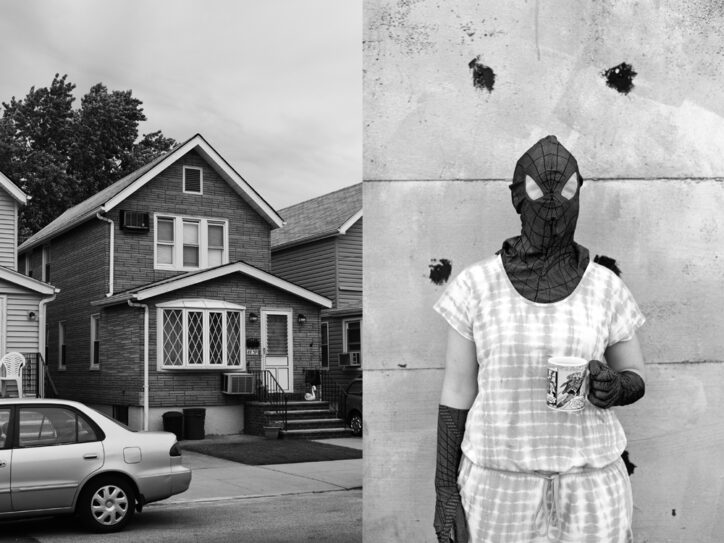
Beautiful Imperfections
Over the course of our conversation, Thomas drew distinctions between the perfectly-staged, high production value of commercial photography versus the “in-the-moment” vibe of street photography, and how A.I. may affect those two niches differently.

Thomas sums it up pretty well explaining that clients with any budget will always expect perfection. Why would a client want to spend hours on an expensive set trying to get the perfect shot when they can save money and get a similar result (or better) with artificial intelligence? It’s a valid point and one that will affect commercial photography moving forward.
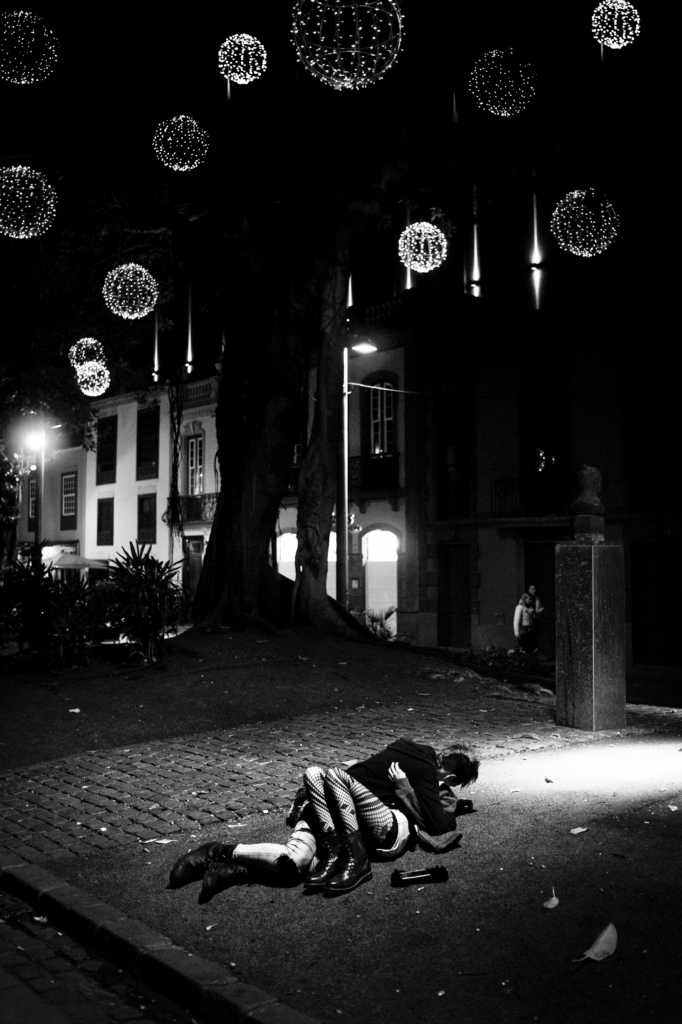
Thomas describes street photography, on the other hand, as being closer to chaos. Yet he’s embraced it, armed only with his Leica M9 on projects such as Thomas does NYC, where his goal was to capture “decisive moments” – big and small. Street photography in general, he says, is more about “witnessing” than it is about “creating.” And the things that might happen when you aren’t controlling the image can make all the difference.
“A lot of pictures don’t come out perfect. But I love those little imperfections, because you just have to accept them. I think imperfection is a big part of life. And perfection has led to, you know, many, many great ideas. And that’s why I am a little critical about A.I. because I feel A.I. is going to eradicate a lot of the beautiful imperfections that life has to offer.”
Thomas Boenig
But life can also offer plenty of tedious, repetitive work, especially for a photographer.

Identity and A.I. Adoption
One of the interesting outcomes of the A.I. revolution will be in how it affects the relationship between our job and our identity.
For a long time as a commercial studio apprentice and assistant, he says he identified himself more as a service provider than an artist.
“I think the identification comes from exactly that process, you have to put in so much work and preparation. Even if it’s not commercially, if you are really invested in your art photography there’s a lot of effort going into this, a lot of blood sweat and tears. It’s a blue collar job if you want to look at it that way.”
Thomas Boenig
Like a carpenter needs power tools, modern photographers need Photoshop and the benefits of other technologies to do their work. Thomas acknowledges the areas where A.I. can enhance the ways he works.
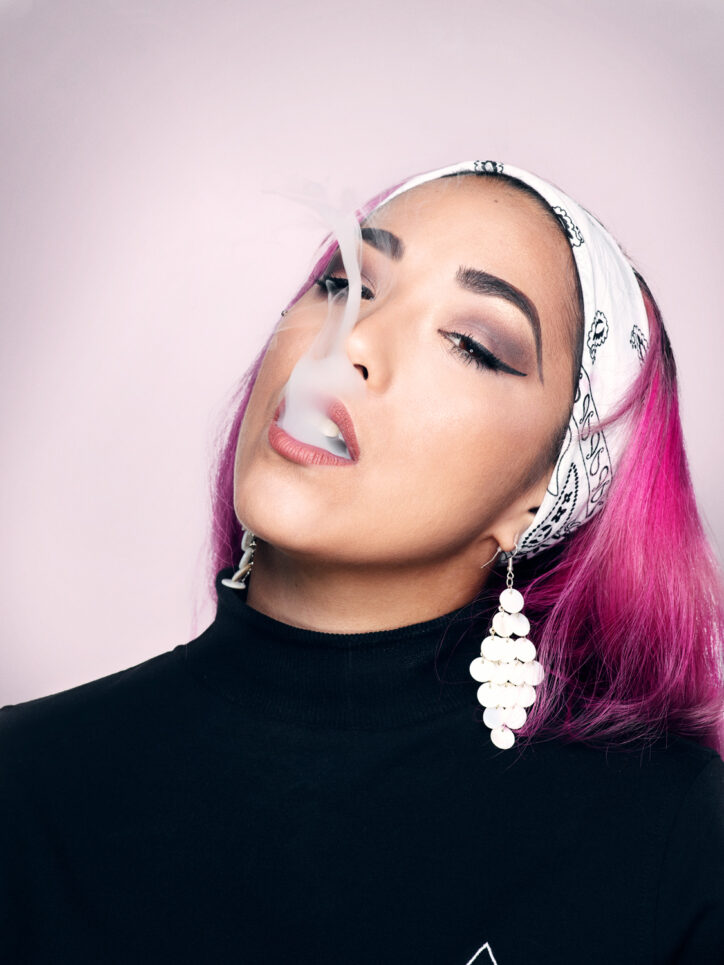
With A.I., image backgrounds can be generated in the blink of an eye so that a model (or a car, or any subject) can be photographed almost anywhere and incorporated into the image as if they were there. Thomas says he’s tested Midjourney for this purpose and hasn’t achieved the same quality he could produce himself. But he says the use-case could make it easier to pitch his artistic vision to clients more vividly than describing it in words.
“Clients are always demanding to get their product out as fast as possible. So if we can speed up that process, I’m totally fine with it.”
Thomas Boenig

A.I. could be a game-changer in post-production as well, he says. An A.I. trained to detect photos with blur, or where someone has their eyes closed, could save a photographer hours or days of time that they would otherwise spend sifting through tens of thousands of photos manually.
“I’d love to see people taking pictures in a few years, still not relying completely on artificial intelligence and their little prompt boxes because it’s the whole process that makes photography so interesting. It’s what kept me alive for sure. All of these years what kept me in the job is the people and all the effort that goes into creating photography.”
Thomas Boenig
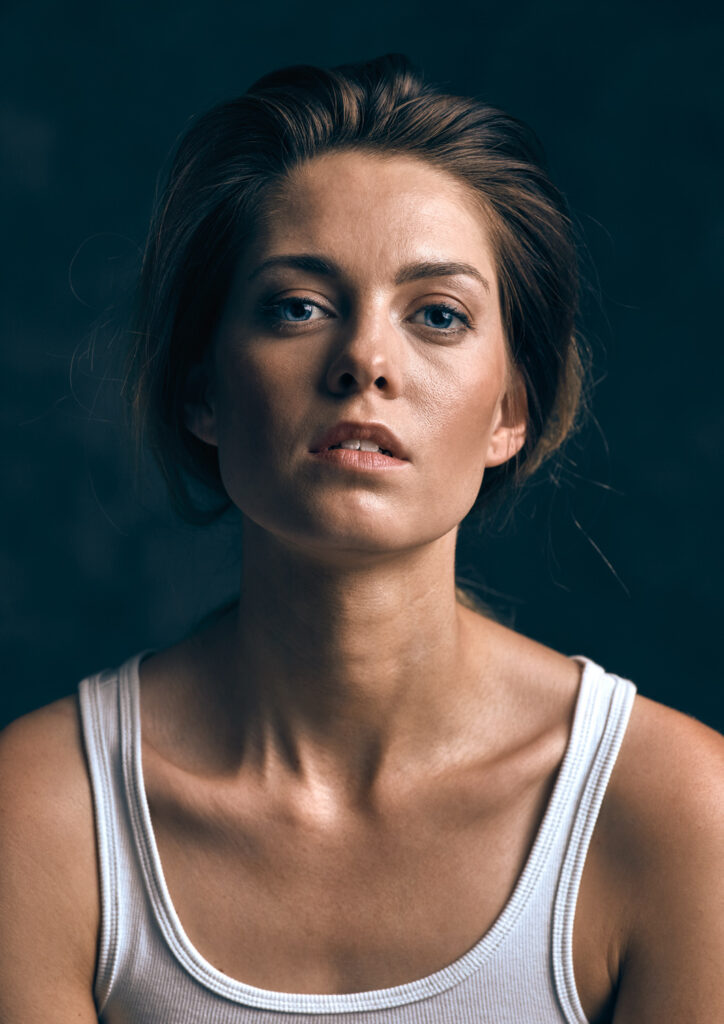
Overall, Thomas says he’s hearing the concern in his industry about the potential future impact of artificial intelligence. In the near term, he’s considering the ways he can utilize A.I. as another tool. Long-term, he says he hopes that the act of live photography is still healthy.
Links Mentioned in this Podcast
- Visit Thomas’ Website
- Connect with Thomas on Instagram
- “Thomas Does NYC” Project for Leica Camera – Part 1
- “Thomas Does NYC” Project for Leica Camera – Part 2
- Explore Thomas’ VLOG
- Presentation in Cincinnati: “What is Art?”
Continue the Conversation
Thank you, Thomas, for being our guest on Creativity Squared.
This show is produced and made possible by the team at PLAY Audio Agency: https://playaudioagency.com.
Creativity Squared is brought to you by Sociality Squared, a social media agency who understands the magic of bringing people together around what they value and love: http://socialitysquared.com.
Because it’s important to support artists, 10% of all revenue Creativity Squared generates will go to ArtsWave, a nationally recognized non-profit that supports over 150 arts organizations, projects, and independent artists.
Join Creativity Squared’s free weekly newsletter and become a premium supporter here.
